8 Design Secrets of the New 2020 Mazda3

“Because we’re targeting a more premium space, we also had to change our design discipline to be more sophisticated,” said Julien Montousse, director of design at Mazda North American Operations.
He played a major role in creating the 2020 Mazda3 compact car, which debuted in both sedan and hatchback form several weeks ago at the 2018 Los Angeles Auto Show. And while on the surface this compact car duet may look similar to the versions available at dealerships right now, there’s far more complexity to their designs than most people would ever realize.
“Ultimately, we want the customer to fall in love with it,” explained Montousse. Many rival models are “somewhat butchered” he said, victims of cost-cutting or other engineering issues, compromises that weaken the connection between creators and owners, between the people that crafted a vehicle and the person who owns it. “We have the capability to transfer the energy of the makers and artists through design,” which was a major goal of this project.
Whether the average small car buyer falls head-over-heels for the new Mazda3 won’t be known until the redesigned model reaches dealerships around the world starting early next year. Until then, Montousse decoded this vehicle’s design, shedding light on its styling secrets.
It Wears the Kodo Design Theme
As with the rest of Mazda’s lineup, their newest compact car is based on a well-known theme. “If you’re familiar with the first Kodo application it had a lot of dynamism, but it was not necessarily mature,” explained Montousse. Over the last five or six years, he noted they’ve refined and reduced this design theme to deliver vehicles that are clean and elegant, with the goal of connecting to drivers on an emotional level. “Ultimately, we want the customer to fall in love with it,” he said.
SEE ALSO: 2020 Mazda3 Lands With Skyactiv-X Engine, Available AWD
Japanese Premium
The new Mazda3 has a sculptural grace to it, which Montousse described it as art. Design is one way this small automaker headquartered in Hiroshima can compete with much larger companies that sell far more vehicles every turn of the calendar.
“When you look at really premium Japanese, what is it that we have to retain to be Japanese premium?” asked Montousse. He said rival brands like Acura and Lexus have a much more additive type of design, with overwhelming decorative elements. To him, this is “not the true Japanese premium.” Montousse’s realization of this philosophy is purer, more targeted and visually simpler, as one can see with the new Mazda3.
“We’re trying to reduce all of the unnecessary elements… Where are you going to anchor your eyes for you to fall in love?” he said. “So, we’re trying to make the car as pure as possible but also as human as possible.”
A Shoulder-less Car
To deliver this goal designers went out on a limb. Montousse said, “So, we took the bet of changing the volume and not having the typical shoulders that everyone is using in the industry.” This is something you may not notice at first, but if you look at a new Mazda3 from behind you’ll see there are no hard edges on the sides of its body, no protruding ledges jutting out like epaulets on an admiral’s uniform.
“We removed it [the shoulders] to conduct that reflection all the way to the center of the wheel,” Montousse said. “So, when the car is in movement, you have [this] amazing contrast of the environment,” an ever-changing reflection of its surroundings.
It Took Two Years Just to Design the Sides
And that lack of shoulders plays into how the bodysides of this vehicle were sculpted, and more importantly, how they react to light, what portions of the surfaces are highlighted by reflections, a completely new way of doing things, according to Montousse. “Nobody, no other automaker is going to take the risk to make a reflection intentionally relaxed, because it’s so hard to control.” Yet that’s exactly what they’ve done with the new Mazda3. “It took two years just on the bodyside to develop, to make sure that we can actually have this reflection,” he added. That’s an astounding amount of time to spend working on just one part of a vehicle’s design.
SEE ALSO: Complete 2018 Los Angeles Auto Show Coverage
“It’s mirroring the environment in a way that has a signature S-line to it. And that was extremely difficult to control,” Montousse continued. “And it’s not mathematically perfect, which is what is interesting because everyone is going for mathematical perfection… but we’re making it humanly unperfect but emotional.”
The Bodies are Totally Different
Another hard-to-believe aspect of the new Mazda3’s design is that the sedan and hatchback models are completely different. “The only thing that is the same is the grille… even though it is a different finish, one is black and the other one is the bright chrome,” Montousse said. But, “Everything [else] is different, 100 percent,” from the doors and hood to the body’s lower elements; it’s all unique, something unheard of in the automotive industry.
“You look at those cars and they feel very different, but yet they’re the same measurements,” he added, meaning important dimensions like track width and wheelbase are shared.
Armor-Plated Grille
“The other thing [that’s] interesting is… when we looked back at the DNA of Japan to find inspiration, we did our due diligence in the 19th century into the body armor,” noted Montousse. The Mazda3’s grille was inspired by the shielding carried into battle by samurai warriors of the period. Initially, they wanted to apply this unique pattern inside the car but he said that didn’t make sense. “Those were to protect the warrior. We have to use it for the front of the vehicle.”
The application of samurai-inspired designs ties in perfectly with the Mazda brand’s challenger spirit. They aren’t afraid to confront rival automakers that are much larger and more powerful.
Microscopic Attention to Detail
Delivering the Mazda3’s sculptural, reflective flanks took microscopic attention to detail, something that was understood when the Solid Crystal paint color was applied to early-build models.
“When we painted it on the body at the beginning, we realized the car was not as alive as the prototypes,” said Montousse. “And what we realized is that through the stamping process the engineers were doing the normal masters,” polishing the dies to a mirror-like finish. But in this pursuit of perfection, something was missing. Montousse elaborated, “So engineers and designers met together and basically realized and understood that they had to sand and follow the movement of the reflection that was intended by design and sand every [stamping die] exactly the same way as the designers intended.” This was required to create the proper micro finish on completed parts, which in turn allows the paint to flow just right and ultimately the car to come alive.
Imperfect Paint
Mazda even took a special approach to painting their latest compact car. Normally, this is done by computer-controlled robots in the most time-and-material-efficient manner possible, but that wasn’t good enough for the redesigned 2020 model. “Again, it didn’t feel right,” said Montousse. So, they did a 3D scan of the master painter that works in the design shop, in order to precisely capture his gestures, which were then programmed into the robots, so they could duplicate his slight imperfections on thousands of cars.
SEE ALSO: 2018 Mazda6 Turbo Review – VIDEO
“Because he was doing it humanly with his eyes to bring gesture, to bring emotion to the painting. That’s why the car feels very human and doesn’t have this mass-manufactured feel,” explained Montousse. “This is inefficient, but this is core to who we are and we’re not going to give it up.”
The 2020 Mazda3 is a marvel of design that promises to bring new elegance and luxury to the compact-car segment. “We changed the way we design cars and we now have a formula to make you fall in love with our product. And that’s pretty powerful,” said Montousse. “It took five, six years to discover, but now we know how to do it and the new Mazda3, the hatch [and sedan] are the first cars that we can say ‘We finally achieved it.’” Hopefully for this automaker their latest effort resonates with the motoring public around the world.
Discuss this story on our Mazda3 Forum

Born and raised in metro Detroit, Craig was steeped in mechanics from childhood. He feels as much at home with a wrench or welding gun in his hand as he does behind the wheel or in front of a camera. Putting his Bachelor's Degree in Journalism to good use, he's always pumping out videos, reviews, and features for AutoGuide.com. When the workday is over, he can be found out driving his fully restored 1936 Ford V8 sedan. Craig has covered the automotive industry full time for more than 10 years and is a member of the Automotive Press Association (APA) and Midwest Automotive Media Association (MAMA).
More by Craig Cole




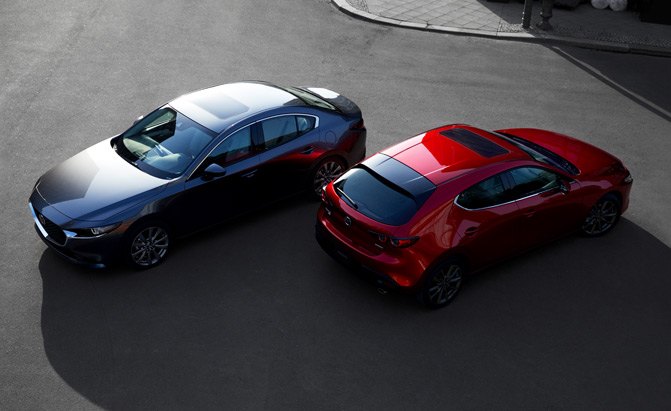




















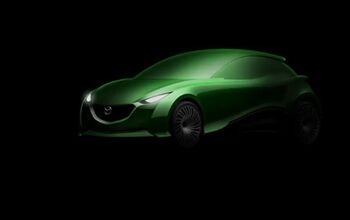
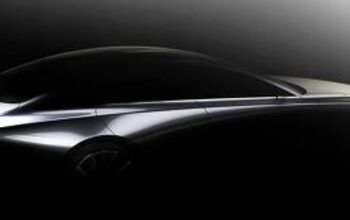
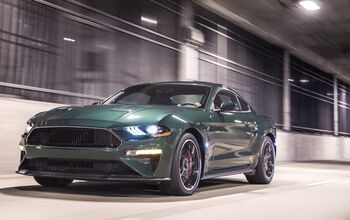
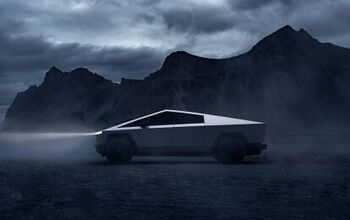


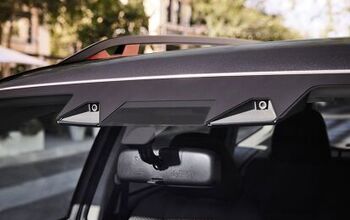

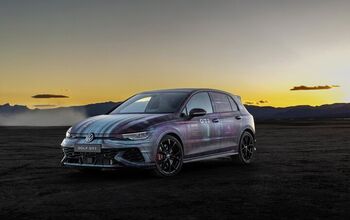
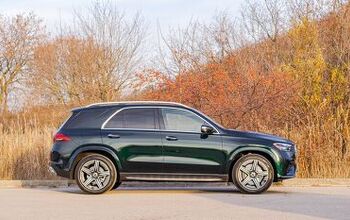



Comments
Join the conversation